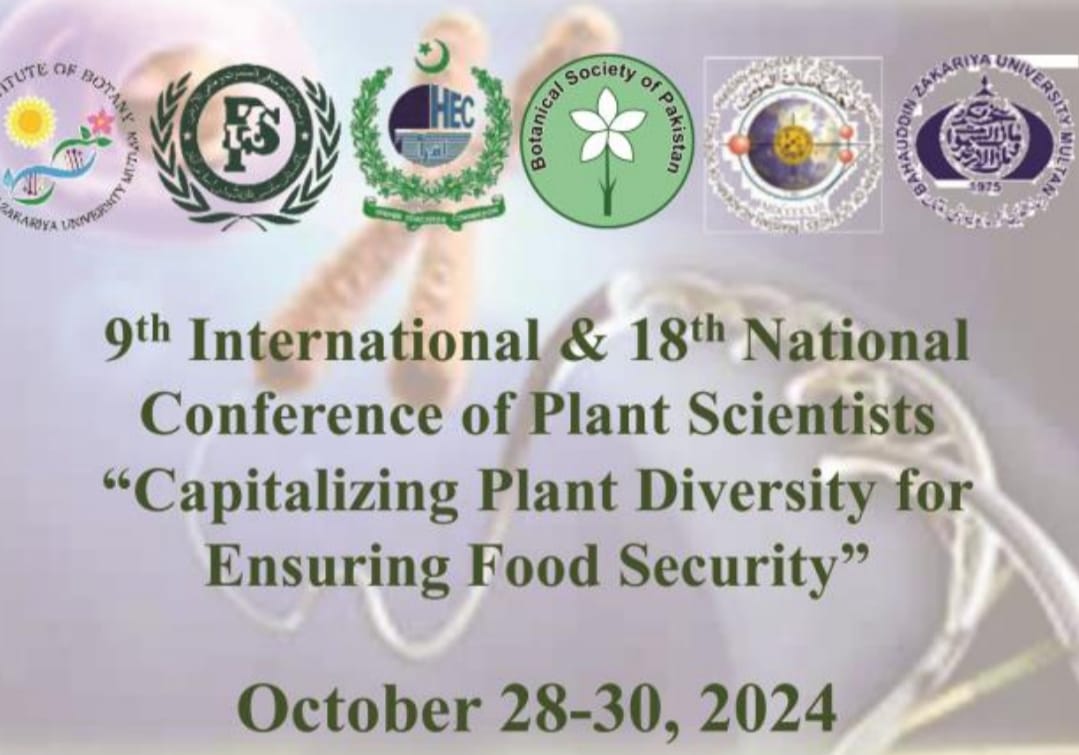PJB-2013-169
FLORISTIC INVENTORY, ECOLOGICAL CHARACTERISTICS AND BIOLOGICAL SPECTRUM OF RANGELAND, DISTRICT TANK, PAKISTAN
LAL BADSHAH1*, FARRUKH HUSSAIN1 AND ZAMAN SHER2
Abstract
This study was conducted to assess the floristic composition and its ecological characteristics of District Tank during 2007- 2011 in different seasons. The floristic diversity consisted of 205 species within 56 families. Based on number of species, Poaceae (34 Spp), Papilionaceae (19 Spp), Asteraceae (14 Spp), Chenopodiaceae (10 Spp) and Brassicaceae (9 Spp), Euphorbiaceae (8 Spp), Boraginaceae and Polygonaceae, (each with 7 species) were the leading families. The other families had less than 7 species. Based on the habitat 140 (68.3%) species were growing wild as mesophytes and xerophytes. While 46 species (22.4%) were classified as hydrophytes, 10 species (4.8%) were found both in wet and dry conditions; and 9 species (4.6%) were cultivated for various purposes. There were 24 species (11.7%) with spiny nature. Spinescence is also an indicator of dry soil and environment. Among the perennial species, 19 were deciduous and 83 evergreen. The leaf lamina was simple in 152 species (74.1%), 5 species (2.4%) were leafless, while in the remaining 48 species (23.4%) had compound leaves. Biological spectrum of flora indicated that therophytes followed by hemicryptophytes were dominant. Leaf spectra revealed that nanophylls, leptophylls, microphylls and mesophylls were the most prevalent leaf sizes. Cuscuta reflexa, Capparis decidua, Periploca aphylla, P. calophlla and Equisetum arvense were aphyllous species.
To Cite this article:
Download


